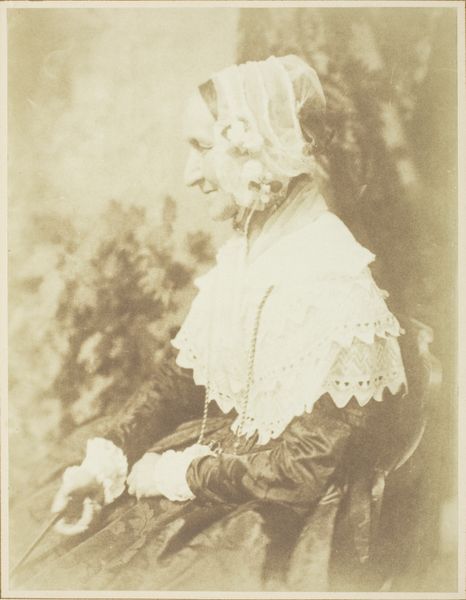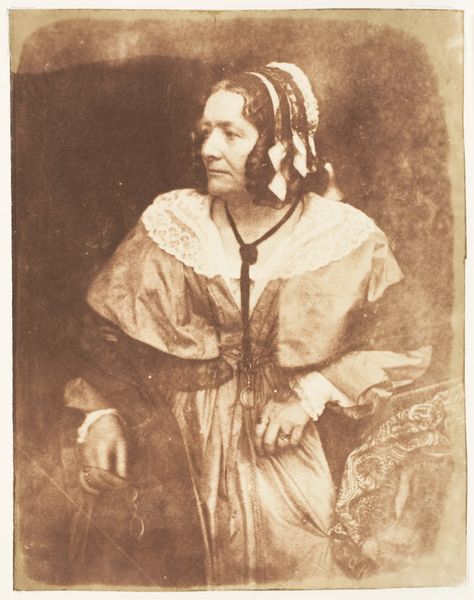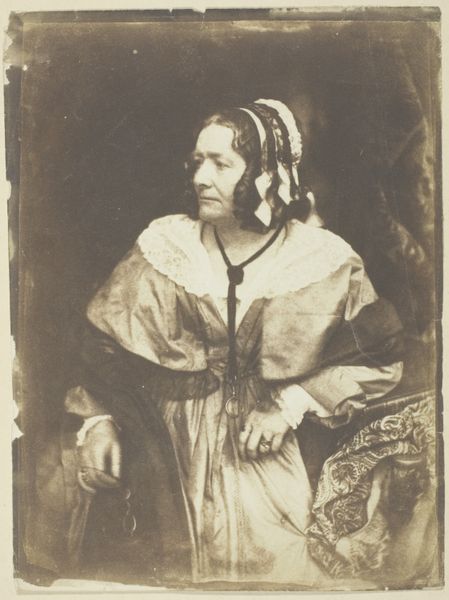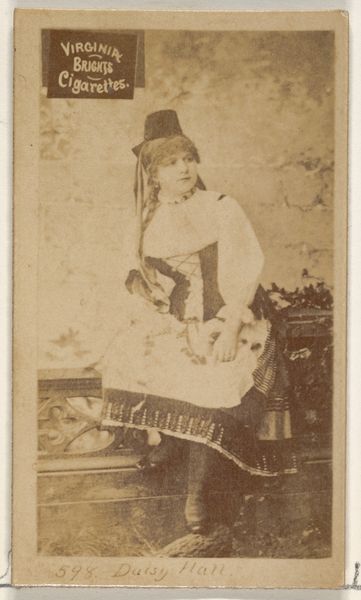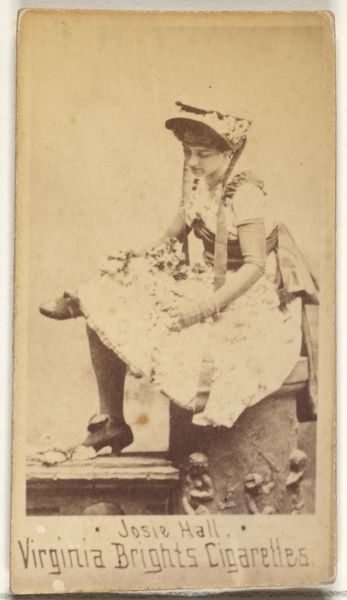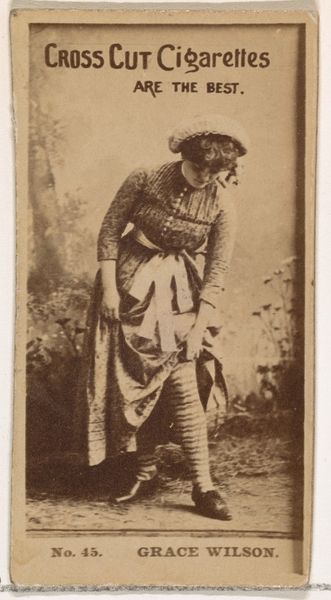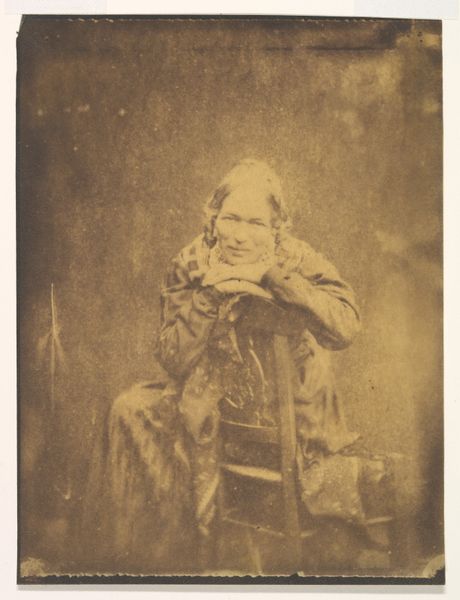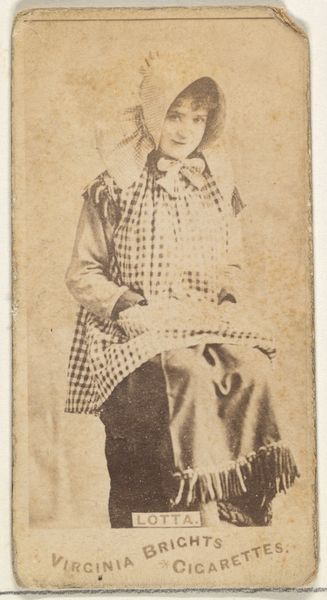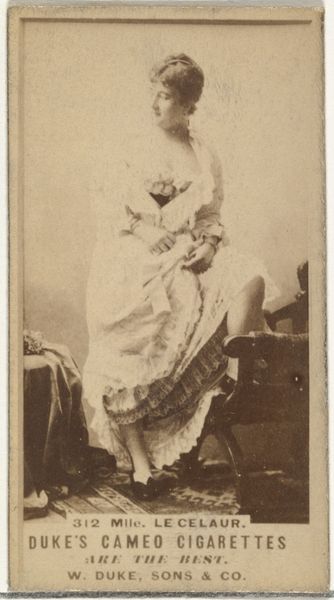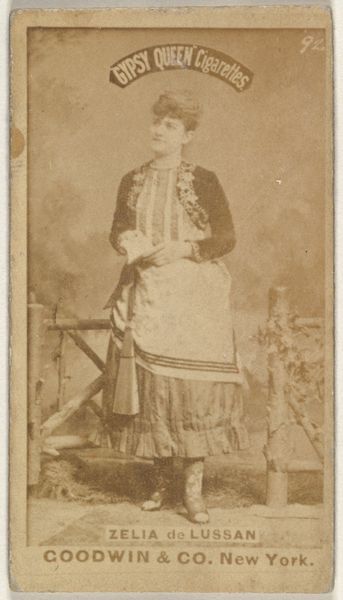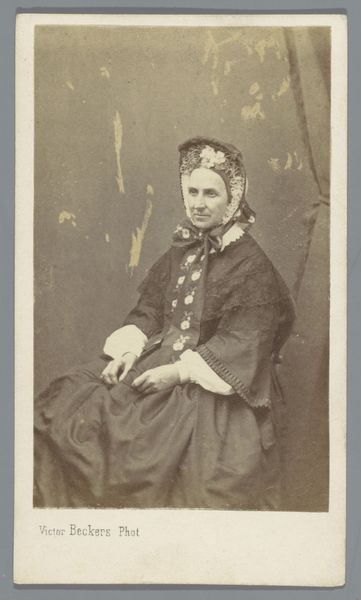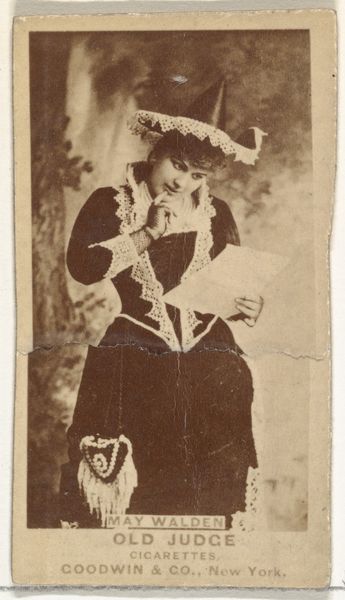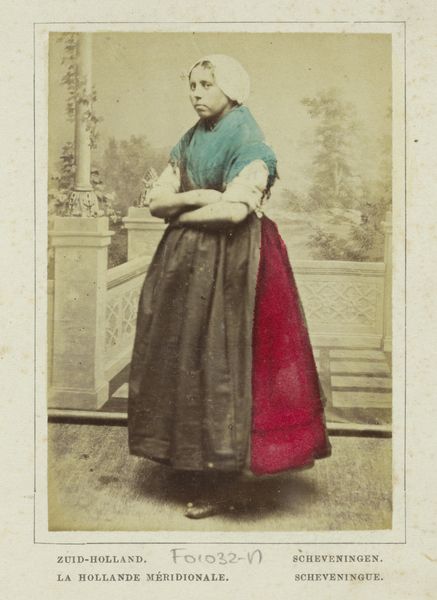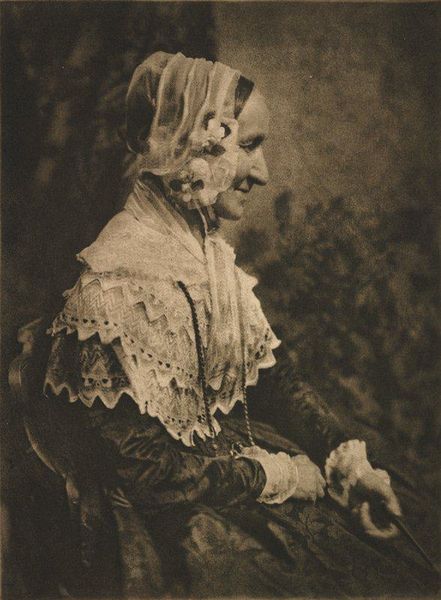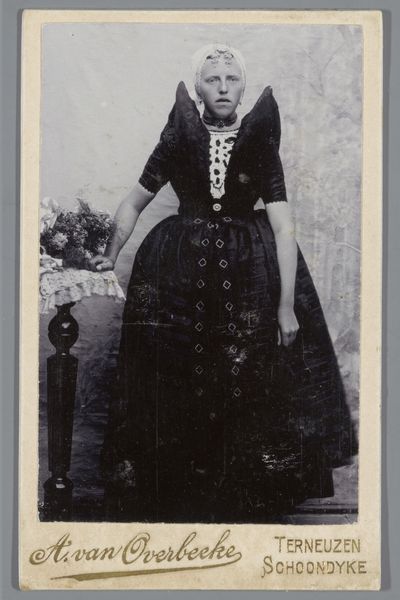
daguerreotype, photography, albumen-print
#
portrait
#
still-life-photography
#
daguerreotype
#
photography
#
historical photography
#
romanticism
#
19th century
#
albumen-print
Copyright: Public Domain
Curator: What strikes me immediately about this print is its tonality, that beautiful, warm sepia. The way it lends such an antique feel to the image, despite the subject feeling so present. Editor: Yes, it’s quite intimate. We are looking at "Mrs. Rigby," a photographic portrait realized sometime between 1843 and 1847 by the pioneering Scottish duo, Hill and Adamson. What stands out to me, though, is not merely its formal qualities but what it suggests about the sitter. The woman portrayed possesses a quiet strength. Curator: Interesting point. I’m particularly drawn to how the light catches on the delicate lace collar she's wearing and the slight blur that softens her features. There’s a contrast between the sharp details and a gentle, almost dreamlike quality. Editor: Precisely, and consider this was achieved during a time when photography was a laborious, chemical-laden process and one available to only certain echelons of society. Mrs. Rigby is participating in shaping visual culture, cementing the individual in an almost timeless act. How might this have played a role in her conception of identity, her gender, even class consciousness? Curator: You’re right. It wasn’t as simple as just pointing and shooting. Looking at the details again, the beaded necklace and floral details in her bonnet give us further insight into the taste of that time. Editor: Beyond taste, it represents agency. Women’s contributions to scientific and artistic expressions have historically been repressed. Yet, Mrs. Rigby’s portrait now serves as a reclamation of this exclusion. Moreover, it challenges gendered ideas of beauty—the marks of life etched on her face—making visible a narrative often erased by social conventions. Curator: Seeing how this portrait fits within the conventions of romanticism in early photography certainly makes one appreciate the level of artistry Hill and Adamson achieved working with light, composition, and tonality. The texture is soft and nuanced, drawing the viewer closer. Editor: Right, a beautiful balance between aesthetic construction and the narrative significance that it bears when approached as cultural artifact and social documentation. I am especially moved thinking about her life in that moment in history and this capture is really all we are left with. Curator: Indeed. Studying this artwork today offers insights into its formal execution while creating dialogues about broader theoretical issues. Editor: I concur; it is this intricate tapestry that enables us to construct our own individual narratives, transcending boundaries, thereby forming critical discussions.
Comments
No comments
Be the first to comment and join the conversation on the ultimate creative platform.
